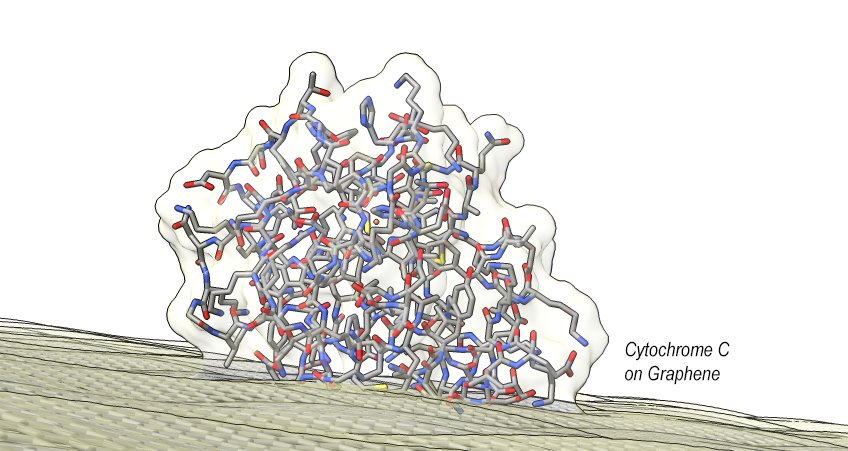
Molecular Simulation
Theoretical methods serve as excellent tools in analyzing and interpreting experimental observations, ranging from modeling structures of ions in gas phase, structural changes during molecular landing onto surfaces, to final structures of molecules on surfaces.
DFT calculations using VASP are employed to interpret images of single molecules on surface, revealing their structures as well as their intra- and intermolecular interactions. DFT calculations using ORCA are used to model structures of ions in gas phase. Linear-scaled DFT codes such as OpenMX are used to model macromolecules in gas phase and on surfaces.